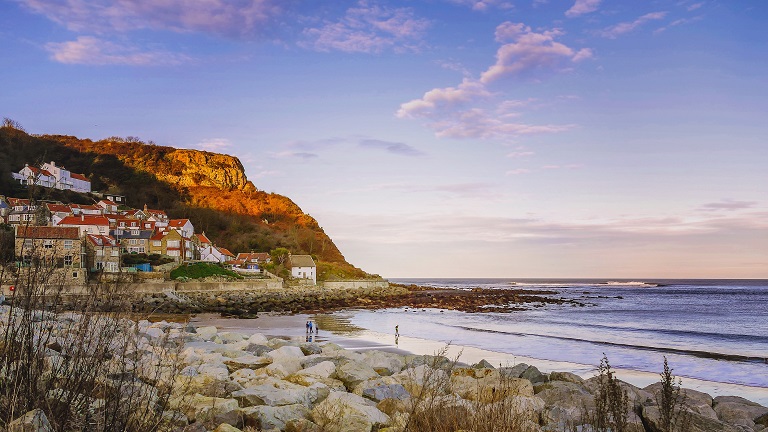Unrivalled in beauty and drama, the moorland, countryside and coast of the North York Moors combine to make one of the most impressive National Parks in the UK. Ever-evolving with the weather and the seasons, its heather-strewn moors, rolling seas and historic landmarks exude drama and call for year-round exploration with lots to see and do.
Whether you’re taking your first step into the world of the North York Moors or have already fallen for its wild allure, the National Park welcomes all to discover and rediscover its unique landscapes. From the tangle of footpaths across its brooding moors, to the haunting beauty of Whitby and its Gothic Abbey, to the honey-coloured sands of Robin Hood’s Bay, the scope of attractions will leave you eager with anticipation.
History
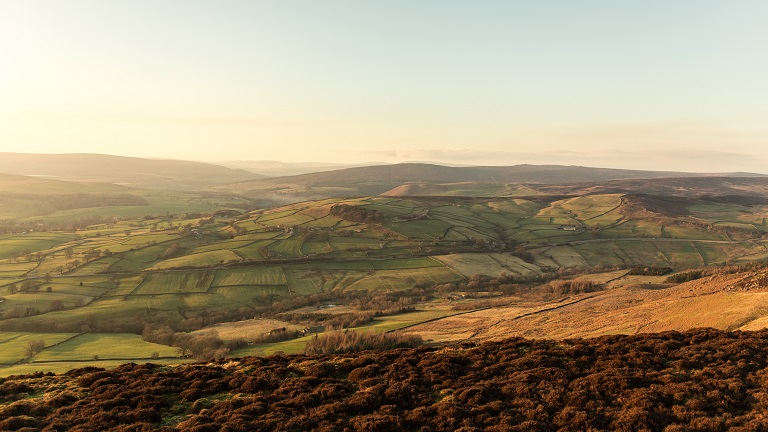
Shaped by both the elements and the hand of man, the face of the North York Moors is heavily intertwined with its human history and heritage. Influenced by every generation over hundreds and even thousands of years, its landscapes provide a detailed record of its historic communities and reveal what the industries and daily lives of its inhabitants have looked like over the years. Sharing stories hitherto lost to time, an extensive collection of ruins and remains have been found and preserved all around the National Park, including the flint tools of Ice Age hunters, Iron Age hillforts, Roman ruins and Medieval castles.
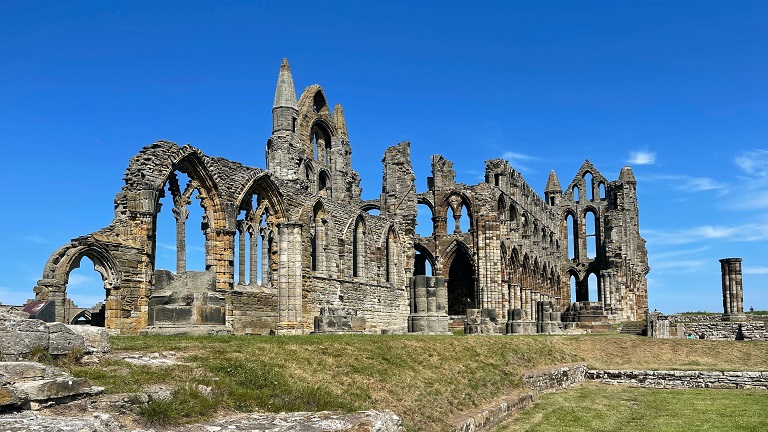
With much of the North York Moors’ history written into its landscapes, you will often find yourself stumbling across old monuments, ancient relics and historic buildings. Yet peppered around the National Park are also a number of great museums which provide more detailed insights into local history. Some of the best include Ryedale Folk Museum in Hutton-le-Hole, Whitby Museum in Whitby, Robin Hood's Bay Museum in Robin Hood's Bay and Kirkleatham Museum in Redcar. Pencil in a trip on an overcast day and discover intriguing exhibitions and treasure troves of artefacts detailing Yorkshire life throughout the ages.
Moorland

One of the most famous aspects of the North York Moors is its stunning heather moorland. One of the largest unbroken expanses of upland heather moorland in the world, it covers around a third of the whole National Park and 44,000 hectares is designated a Site of Special Scientific Interest. In fact, so significant is this moorland that it’s actually one of the rarest habitats in existence – rarer than tropical rainforest. Dramatic year-round, it’s particularly beautiful in late summer and early autumn when the heather’s purple flowers bloom and cloak the landscape for miles.
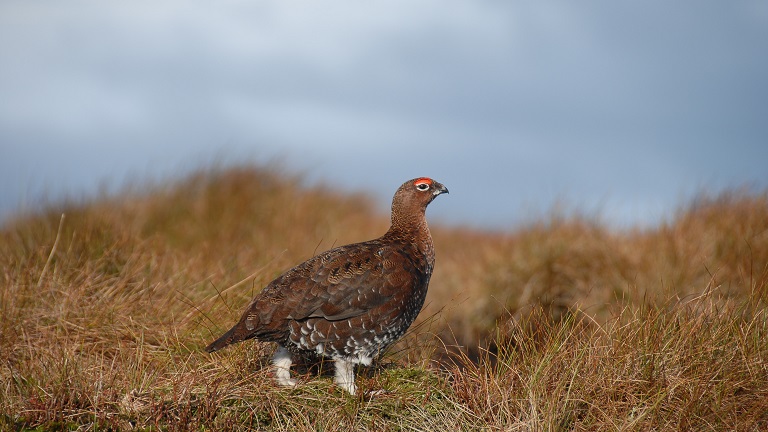
If you’d like to explore the moors, there are plenty of walking trails that you can follow. Much of the North York Moors’ moorland is Open Access land meaning you can roam off-piste if you wish, but we recommend sticking to the park’s defined paths and tracks. In summer, walks may be scored by the cries of moorland birds all hiding amongst the purple quilt of the moor, like red grouse, curlew and golden plover. Meanwhile in winter, the scenery takes on an even more ethereal quality when thick layers of mist and cloud hang above the moor and sugary dustings of frost cling to the floor.
Coast

What makes the North York Moors National Park even more special are its 26 stunning miles of Jurassic-era, heritage coastline. Marking the eastern boundary of the moors before land gives way to sea, it features monstrous cliffs, fossil-studded shores, old fishing villages, sheltered bays and more. It’s even home to the highest point of England’s east coast in the form of Boulby Cliffs – titans of rock that rise to 660ft above the sea. Needless to say, the coastline provides a magical edge to the wilds of the moors and is somewhere you’ll naturally be drawn to.

No matter what your interests are, you’ll find something to capture your interest along the Yorkshire coast here. Formed during the Jurassic period, it’s one of the best places in the country for fossil hunting, with everything from ammonites to dinosaur footprints having been unearthed, while it’s also one of the top places to see nesting seabirds on the cliffs. For walks, you can pick up part of the Cleveland Way National Trail, or to potter around at your own pace, you can visit the picturesque towns and villages of Staithes, Robin Hood's Bay and Saltburn-by-the-Sea. Of course, no trip would be complete without visiting Whitby – forever connected to Bram Stoker’s Dracula.
Woodland
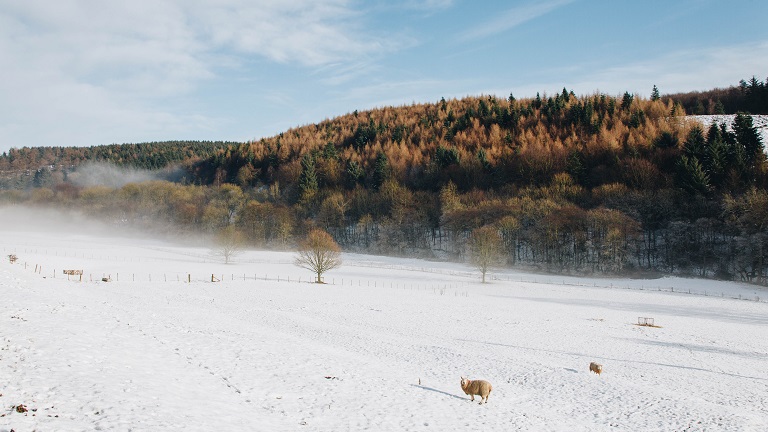
The North York Moors National Park in Yorkshire is famous for the heather-strewn moorland that blankets its landscapes, yet surprisingly it also happens to be one of the most wooded of England’s 10 National Parks. With woodland and forest covering nearly a quarter of the park, it is one of the richest areas of woodland habitat in the country and its bosky depths provide important sanctuary for many wildlife species – as well as a peaceful playground for visitors.

Home to one of the greatest concentrations of ancient and veteran trees in the north of England, the North York Moors’ woodland features gnarled giants with roots deeply entrenched in the park’s landscapes and history. Living, breathing parts of the moor’s heritage, some of the trees are believed to be up to 400 years old. As well as native broadleaved or mixed woodland including oak, ash, birch and rowan, there are also plantation woodlands such as the large coniferous forests of Dalby, Cropton and Boltby. Each with their own distinctive wildlife and character, they are perfect for exploring, walking and cycling.
Towns and Villages
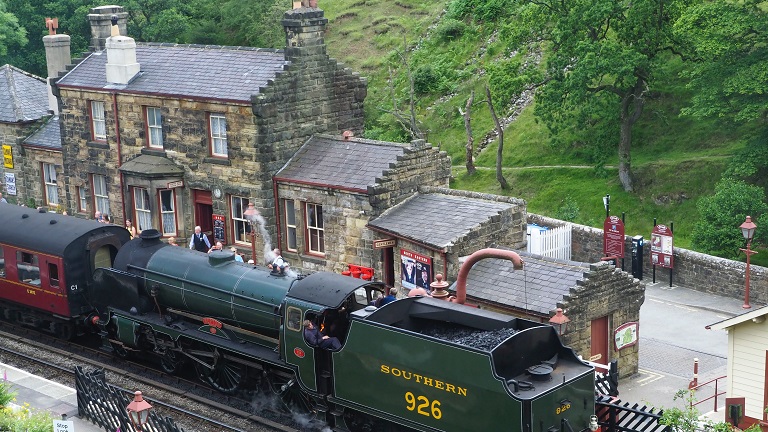
All around the North York Moors are thriving market towns and pretty villages waiting to be discovered. One of the oldest, Thornton–Le-Dale in Ryedale, has origins dating back to the Neolithic period and is a popular attraction today for its ancient funerary barrows and picture-postcard thatched cottages. Also in the Rydale district is Hutton le Hole, a charming village recognised far and wide for its photogenic green with a-wandering sheep and babbling streams. Meanwhile, Goathland in the Scarborough district is one of the Park’s most famous spots, recognised as the village from Heartbeat.
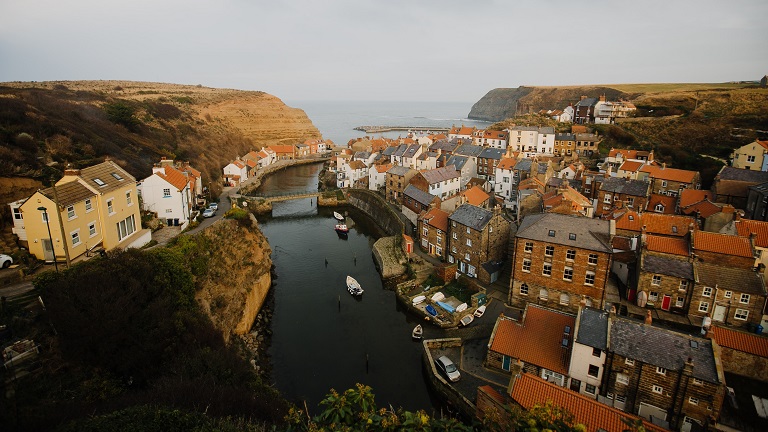
On the North York Moors' coast, the red rooves of Runswick Bay run down to meet the sea, while in nearby Staithes they shelter together amidst rocky nooks in the cliffs – both providing perfect opportunities for photos. One of the most popular destinations, the former smugglers’ haunt of Robin Hood’s Bay now attracts with its cobbled streets, working fishing industry and wide range of pubs and eateries. Whitby and Ravenscar are also located on the North York Moors’ coast and attract with their own history and culture, telling tales of smuggling, sailors, vampires and more.
Feeling inspired? Take a look at our luxury cottages in Yorkshire.
